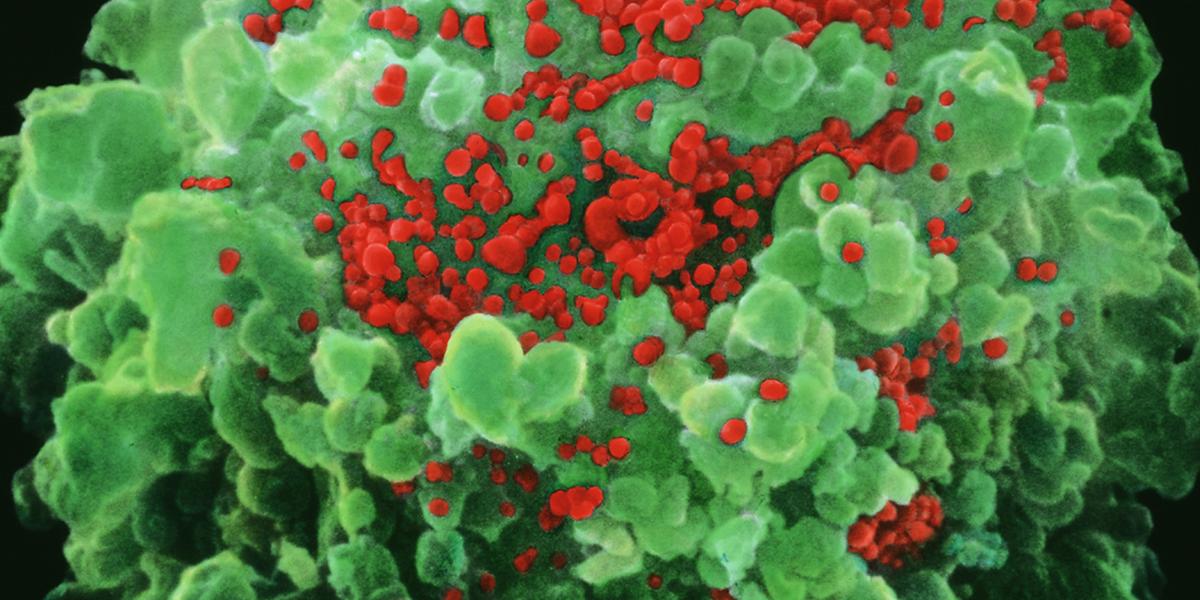Microcosmos
To make big changes in the world, think small. Very small.
This is a story about scale. The human immunodeficiency virus (HIV) is just 0.1 microns in diameter, about 900 times smaller than the width of a human hair.
Yet this year alone, the virus will kill 3 million people. DNA, the twisted ladder so vital to human life, is a molecule packed in the nucleus of every human cell. Individual proteins—those minute engines that drive every function in the human body—are smaller still.
Public health, which measures health needs and successes on global scales, is now more than ever directing its gaze down to the genes and proteins, the bacteria and viruses that make and unmake human life. These tiny players in human health are being poked, prodded and quantified in ways unimagined even a decade ago.
“The last 20 years the focus has been on disease caused by problems in single genes or by a single infectious agent,” says Sharon Krag, PhD, associate dean for Graduate Education and Research. “In the next 20 years, we are really going to make a strong difference in diseases caused by many genes and proteins, and all sorts of interactions with the environment. It’s going to be exciting as hell. I’m looking forward to it.”
Although few other schools of public health have any basic laboratory research activity, bench science has been an integral part of the School from the beginning. But for Dean Alfred Sommer, MD, MHS ’73, the most vital reason for continuing molecular-level research is that it creates important synergies with the Bloomberg School’s population-level research. “All of science needs data,” says Sommer. “The population sciences need basic science to provide biological insights about the population.” In the past, researchers quizzed people about family members’ health or the individual’s diet and smoking history. In the future, they will glean insights from genes and proteins that reveal much more about an individual’s risk and an entire population’s health.
The challenge is to deliver on the immense promise of this emerging science, to achieve the breakthroughs that advance medical research to the next level. “You can’t predict those,” says Sommer. “All you can do is have the best people working on the most important problems to the greatest degree they can. And those insights will occur—earlier and with more frequency than they otherwise would have.”
To improve health in the world, scientists at the Bloomberg School and elsewhere first must learn the secrets of the microcosmos—the small, mysterious worlds of DNA, proteins, bacteria, parasites and viruses.
